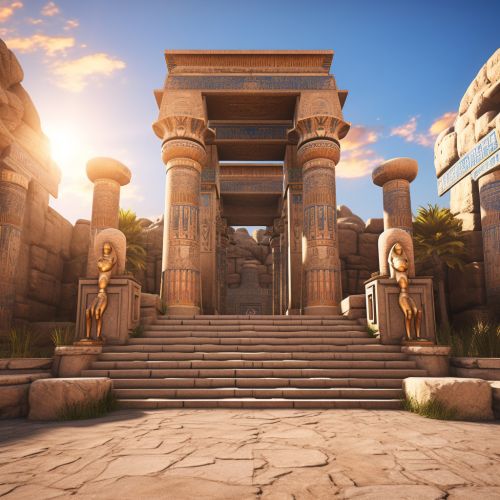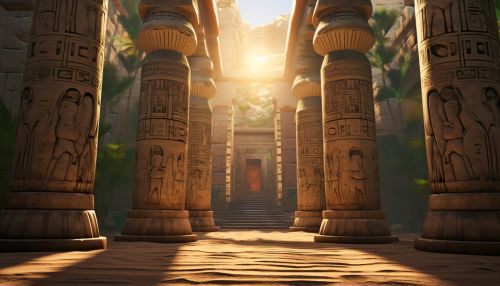Ancient Egyptian culture
Introduction
Ancient Egyptian culture is a complex and fascinating topic, encompassing a wide range of aspects including religion, art, architecture, and social structure. This culture, which developed along the banks of the Nile River more than 5,000 years ago, has left a lasting legacy on the world. This article will delve into the intricacies of Ancient Egyptian culture, providing a comprehensive and detailed exploration of this fascinating civilization.
Religion
Religion played a central role in Ancient Egyptian culture, influencing every aspect of daily life. The Egyptians were polytheistic, worshipping a wide array of gods and goddesses, each of whom had control over a specific aspect of the world. Some of the most well-known deities include Ra, the sun god; Isis, the goddess of motherhood and magic; and Osiris, the god of the underworld and the afterlife.


The Egyptians believed in an afterlife, and much of their religious practice was focused on ensuring a successful journey to this afterlife. This belief is evident in their elaborate burial practices, which included mummification and the construction of grand tombs and pyramids.
Art
Art was an integral part of Ancient Egyptian culture, serving both practical and religious purposes. Egyptian art is characterized by its highly stylized, symbolic nature. Artists adhered to strict conventions, including the use of hierarchical proportions, in which the size of figures was determined by their social status or importance.
Egyptian art is perhaps best known for its hieroglyphic writing system, a complex system of pictorial symbols. These symbols were used to decorate tombs and temples, as well as for administrative and religious texts.
Architecture
The architecture of Ancient Egypt is renowned for its grandeur and complexity. The Egyptians were master builders, constructing monumental structures such as the pyramids, temples, and obelisks that still stand today. These structures were built with a precision and attention to detail that is astounding, given the tools and technology available at the time.
The most iconic examples of Ancient Egyptian architecture are undoubtedly the pyramids, particularly the Great Pyramid of Giza, which is the oldest and largest of the three pyramids in the Giza pyramid complex.
Social Structure
Ancient Egyptian society was highly stratified, with a clear hierarchy of classes. At the top of the social pyramid was the pharaoh, who was considered a living god. Below the pharaoh were the nobles, priests, and government officials. The middle class consisted of merchants, artisans, and scribes, while the lower class was made up of farmers and laborers.
Despite the rigid social structure, there was some degree of social mobility in Ancient Egyptian society. For example, a commoner with the ability to read and write could potentially rise to a position of power and influence as a scribe.
Conclusion
Ancient Egyptian culture was a complex and sophisticated civilization that has left a lasting impact on the world. From their religious beliefs and practices to their art and architecture, the Egyptians demonstrated a depth of understanding and a level of creativity that continues to astound us today.
